This post contains affiliate links.
Belongings breed like rabbits. Behind your back, your collection of “stuff” can double every year. Those objects feel like extensions of the people who owned them or gave them to you, and that can make getting rid of possessions feel like acts of disloyalty.
But objects aren’t people. The fluorescent green sweater your aunt knitted for you, in a color you wouldn’t wear to your own funeral, let alone hers, isn’t a proxy for your aunt. You wouldn’t dream of getting rid of your father’s watch, but his collection of rusty tools crowds out your own toolbox. Choose meaningful items to represent your past relationships, and declutter the trivial stuff in a productive act of minimalism.
- – Picture This
One easy way to keep a virtual representation of the things you choose to donate or discard: Take digital pictures or footage of them. Yes, it’s possible to hoard photos, too, but it’s much easier to find storage space for digital pictures than for physical objects. Eventually, you’ll find that photos loses their emotional connections and become “why-did-I-take-that?” image files you can delete.
- – Clothes-Closet Clutter
To regain closet space without losing the shirt off your back, implement one-and-one decluttering rules. If you haven’t worn a garment in one year, and it’s not within one size of your current wardrobe, put it in the donation pile. If your closet fills up with vintage bargains from secondhand stores, limit yourself to garments you’ll wear within one month and use for at least one year. And if you’re a sucker for sales, impose a one-sale, one-garment ceiling on your purchases.
- – Out of Sight, Out of Mind
To help yourself declutter, start a purgatory box. Instead of putting objects back in a drawer when you can’t seem to part with them, put them in the purgatory box and store it on a closet shelf you can’t reach without a ladder. Every year on a specific date, open the purgatory box and choose at least one item to donate. The out-of-sight, out-of-mind principle means that the next time you open the box, you’ll have forgotten the significance of some of its contents.
- – Please Keep Up
Especially if you’re prone to packratting, impose a one-day limit on allowing piles to accumulate on furniture and floors. “I’ll do it tomorrow” soon becomes “I can’t cope.” Don’t set down mail you plan to shred or recycle: Process it right away, and avoid creating an overwhelming backlog. (This shredder has good reviews and is only $30!) Once you decide to get rid of something, don’t let it hang around. Schedule a donation day each month on which you drop off a bag of items to a thrift shop.
- – Borrow, Don’t Buy
Rather than accumulate items you can rent or borrow, let the public library, tool rental, Amazon ebooks, and other sources help you live with less. Your library’s collections include video and audio recordings as well as books. Small hand tools may make sense to keep around so you can solve problems that crop up in the middle of the night, but you can rent bigger items such as carpet shampooers and power tools.
If you’ve considered minimalism as a lifestyle but backed away from implementing the choice to declutter your home, chances are you’ve equated “live with less” with “lose my identity.” Paring down a lifetime’s accumulation of material things means getting rid of excess baggage, freeing yourself from the past in a healthful, liberating step that gives you a fresh start.
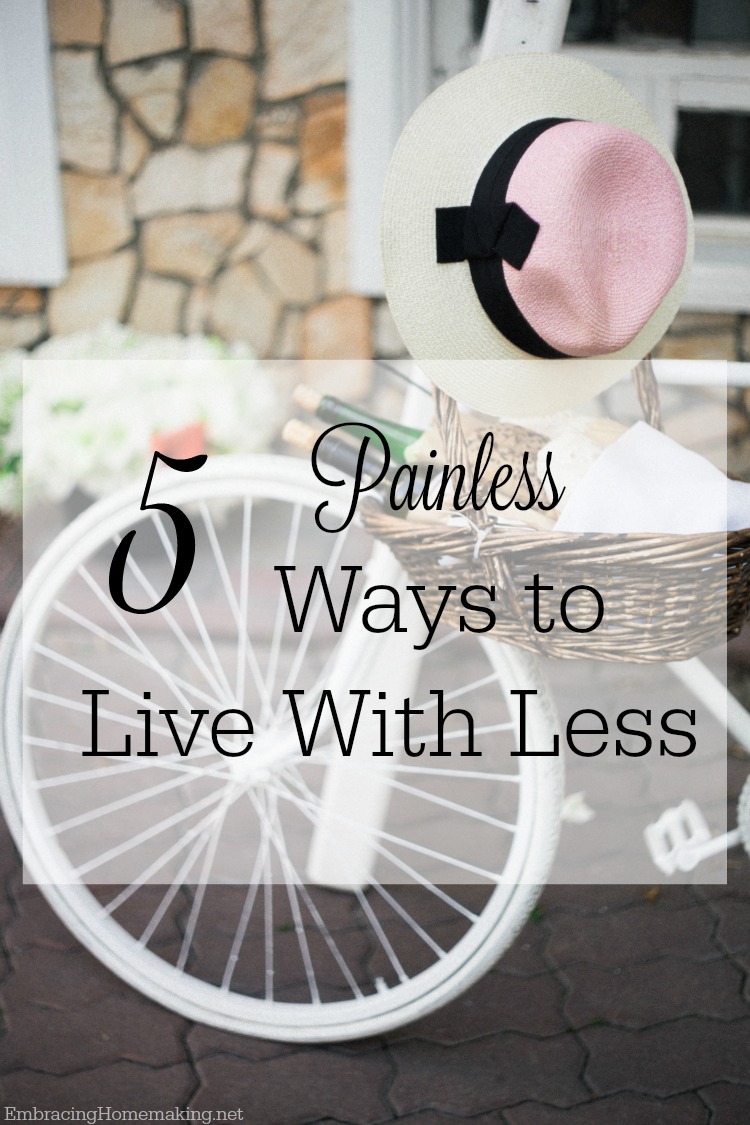

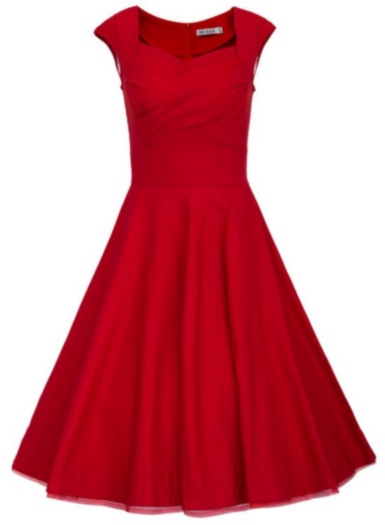
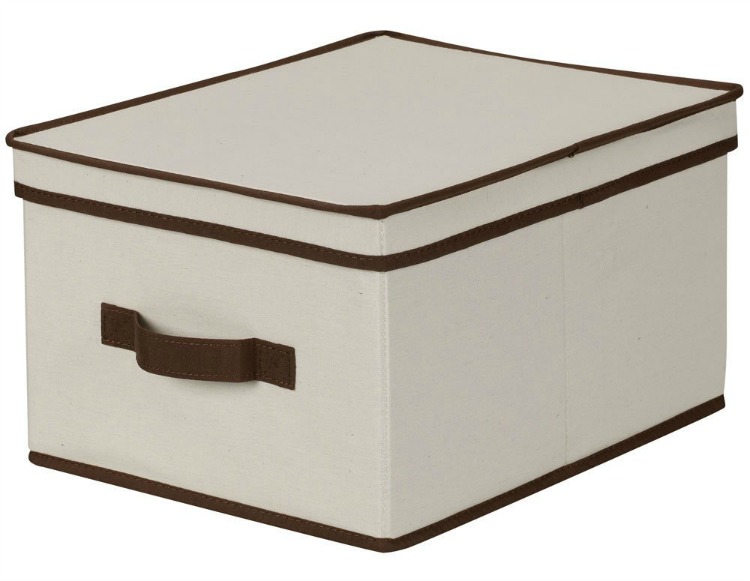
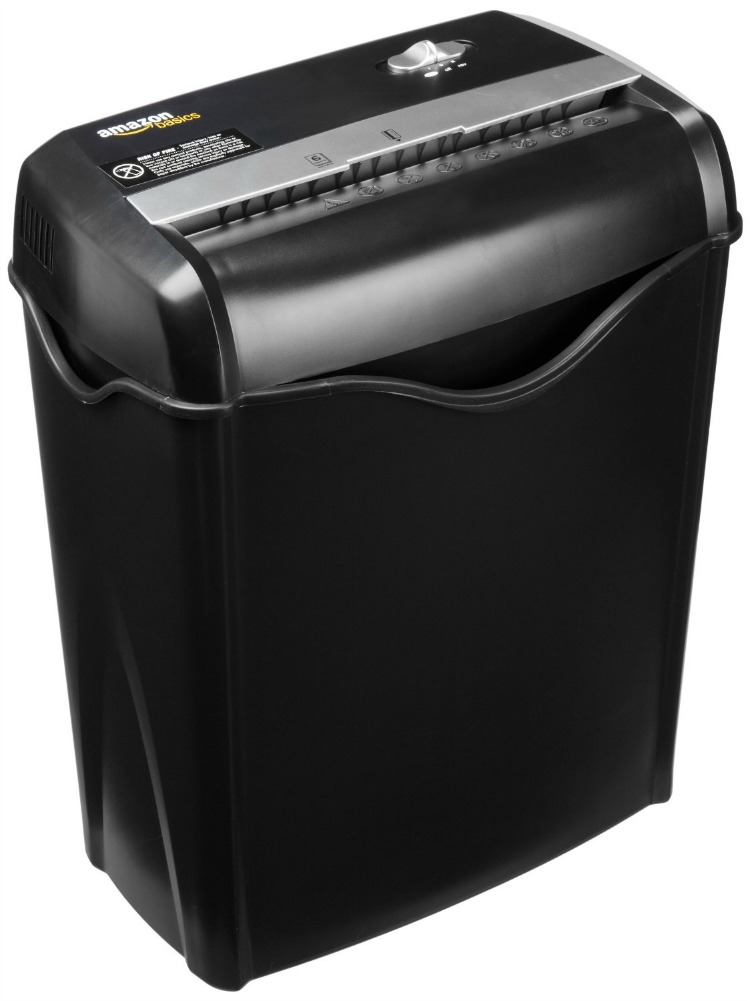
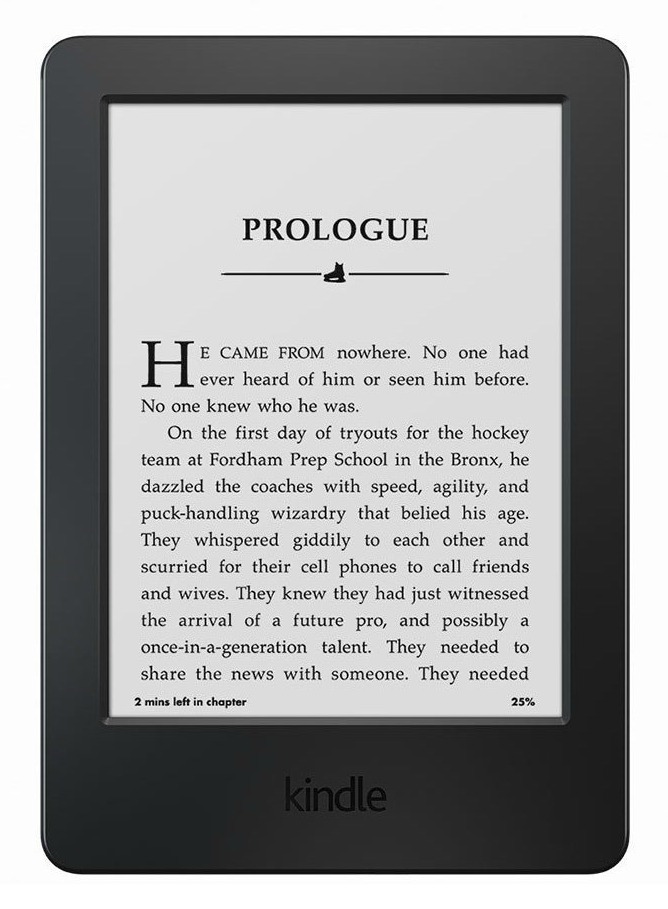
Leave a Reply